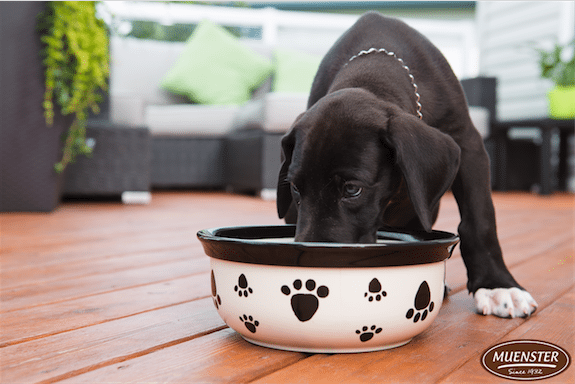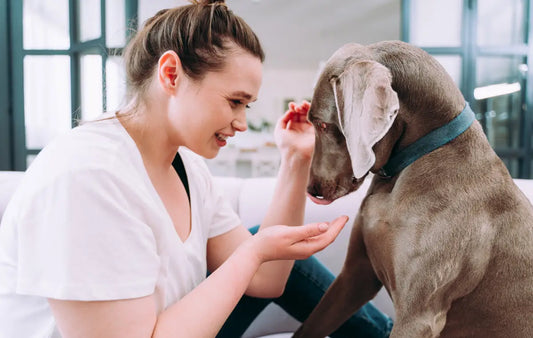When your dog has an upset stomach, it can be easy to jump to conclusions. Many pet parents reason it away as something weird they ate from the trash or immediately start blaming their pet food. The truth is, just like humans, dogs can and do pick up the occasional virus. When they do, the most important thing is to help them heal.
However, since your pup can’t tell you when they’re not feeling well, it’s the pet owners job to watch for and react to signs of trouble. Below we’ve gathered some tips about what to do next time Fido gets sick to his stomach.
What to Watch For
It’s usually easy to spot when there’s a problem…that is if you know what to look for. If it’s a virus or parasite causing the upset, symptoms are likely to onset between 12-36 hours after exposure and last for 1-2 days.
Should your pooch begin displaying any of the following, gastroenteritis could be to blame:
• Decreased appetite
• Decreased activity
• Weakness
• Vomiting
• Diarrhea (sometimes with blood)
• Bloating
• Gas and Flatulence
• Pain
What to Do if Your Pet Starts Vomiting
If your pet isn’t acting like his or her normal self and you suspect it’s a stomach bug, the first step is to pull their food. Dump or hide it somewhere your pet can’t access it. The rationale is similar to what we do as humans when we aren’t feeling well. With food out of the equation you are essentially letting the bug run its course without providing food to an “unsettled” stomach.
However, keep in mind that fresh clean water should always be provided unless the pet’s condition seems to worsen when drinking. Once the bug has passed, you’ll want to slowly reintroduce food and add some additional supplements to help bacteria levels return to normal.
Typically when there has been mild to severe digestive upset, the healthy bugs in the gut have suffered as well. That’s where pumpkin and probiotics come in. Pumpkin is a very easy-to-digest food that’s high in fiber and promotes healthy bug repopulation. It’s in the prebiotic family, which helps feed and strengthen the good bacteria the gut naturally produces. The addition of probiotics is a great way to help assist prebiotics as they normalize the gut health.

What Foods to Stay Away From
When you’re ready to start adding probiotics to the mix, like gut-friendly canned pumpkin, it’s important to use only UNsweetened varieties. It’s also a good idea to avoid yogurt as a source of probiotics. It’s actually very common for dogs be lactose intolerant. Feeding yogurt to your dog can introduce a new problem to their already delicate system. Most experts recommend specialized pet probiotics. They will be far more effective and safe.
Final Reminders
Many people assume that cats and dogs have iron stomachs and don’t realize they’re also susceptible to parasites and viruses. In fact, some are so contagious that they can be passed from human to dog and vice versa! In rare cases, dogs can also pass illness to other pets in the home.
Ultimately, stomach flues are unpredictable and can strike without warning. The best line of defense is to purchase high quality pet food and treats to keep their immune systems functioning well. On the rare occasion you do run into a problem, use these precautions and steps to help soothe the condition. If it persists, it’s important to contact a veterinarian.



